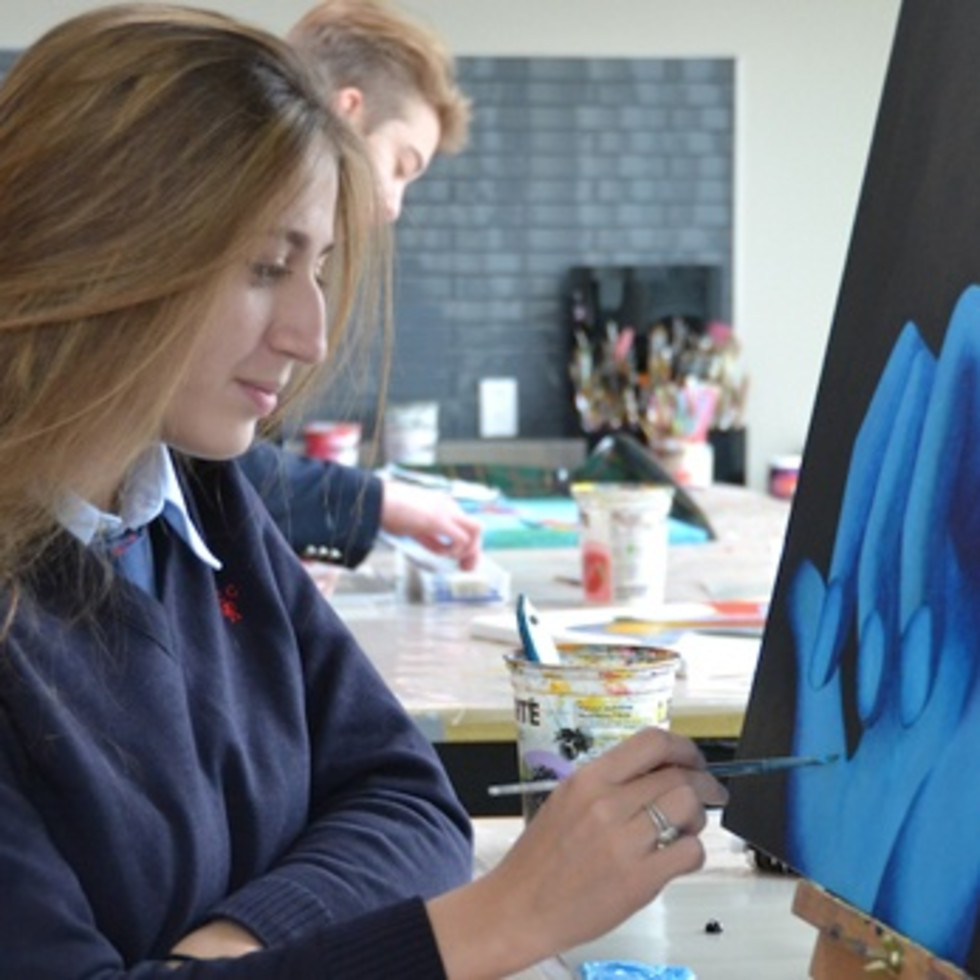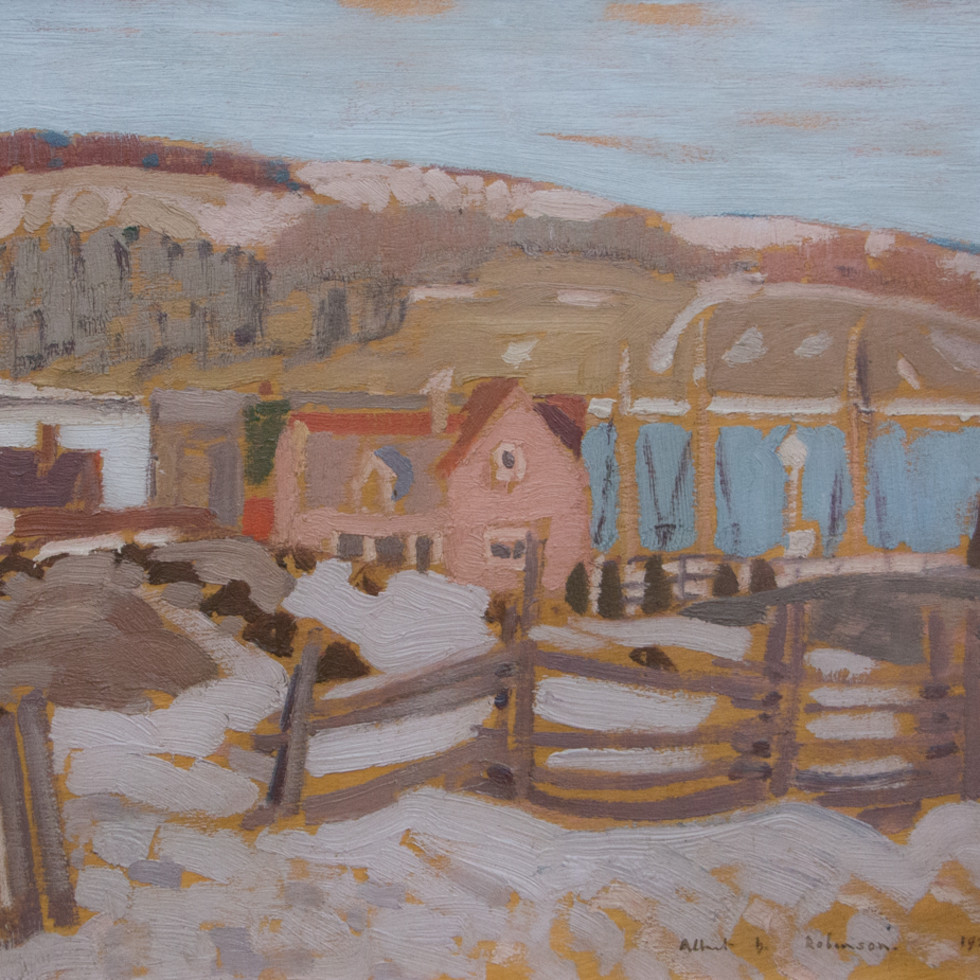Charles Gagnon
 "I have always loved nature and have always tried to move away from forms [...] Letting matter express what is sensitive is not like renouncing any form of logic."
Charles Gagnon, 1992
"I have always loved nature and have always tried to move away from forms [...] Letting matter express what is sensitive is not like renouncing any form of logic."
Charles Gagnon, 1992
Charles Gagnon was among that formidable generation of Montreal artists born during the 1930s, including Tousignant, Molinari and Gaucher. Gagnon, however, stood out from the others with his unfastidious exploration of various forms of media; working in film, photography, collage and box constructions as well as painting. Such diversity was completely unsurprising for a personality such as Gagnon, a passionate and curious man fascinated with history, philosophy and science. With these alternate areas of interest constantly nourishing his creativity, Gagnon became one of the most important and inspiring figures in 20th century Canadian art with a complex and consistent body of work.
Gagnon was one of the first of these Montreal artists who selected New York over Paris when choosing a place of study. At the time being "the only Montreal artist to get his essential training there," the unusual choice underlined Gagnon's strong sense of individuality. Although originally intending to study design, he quickly became stimulated by the cultural life of the city and involved himself in the world of experimental art. From 1955-1960, Gagnon lived, studied and worked in New York, but still maintained close relations with Montreal, showing in the opening exhibition at the Galerie Artek in 1958, in the company of his peers Molinari and Tousignant. The same gallery showed another selection of his recent work in 1959, and "by 1960 critics were taking note of his American influences, describing him as a
'leading figure' of Canadian painting."
Despite being a multidisciplinary artist, he was never unfocused, with painting remaining his primary medium. Even his earlier works from the late 1950s were already considering structural principles, notably their unusual composition as seemingly cropped from a larger scene in a photographic style. The source of these fragment-style compositions was the British St. Ives School of painters, especially Roger Hilton, who were prominent in New York and Toronto in the late 1950s when Gagnon had studied their work.
In 1962, Gagnon produced a painting and a box-construction with the title La Fenêtre / The Window. The first in a series, these works introduced a concept that is primordial for an understanding of the body of work that would follow. Marked by the use of green, henceforth indissociable from the artist, these paintings explored a clear spatial ambiguity.
The issue of spatial passage and obstruction would become a constant preoccupation in Gagnon's work, inspired in part by Egyptian art that he saw at the Metropolitan Museum during his first year of study in New York, explaining that "not only were there objects to look at, but spaces to step into, and portals to step through." By calling for kinesthetic behaviour Gagnon sets himself apart from his fellow Montrealers, who structured their paintings, whatever their internal visual activity, to be seen from a single position in front of the canvas; Gagnon's paintings work within another set of dynamics.
Although fully absorbed with his creative work, Charles Gagnon began a teaching career in 1967 that would last close to 30 years. Until 1975, he taught filmmaking and photography in the communication arts department at Loyola University (now Concordia) in Montreal. Then, until 1995, he taught film, video, sound and mixed media in the visual arts department at the University of Ottawa. In the words of Gilles Godmer, a curator of the Musée d'art contemporain de Montréal, 'he has trained an entire generation of artists who accord him enormous respect and admiration, and his influence is apparent.'
Gagnon accumulated a complex body of work, "in which painting and photography proceeded side by side, and sometime came together in a crucial interaction." His work broaches questions about titles and subject matter and their effect on interpretation; it dealt with perception itself, devising ways of subverting how we habitually look, perspective contradictions, scale changes, handedness. Gagnon's work is a confirmation that a painting can at once be abstract, representational, figurative and conceptual.









